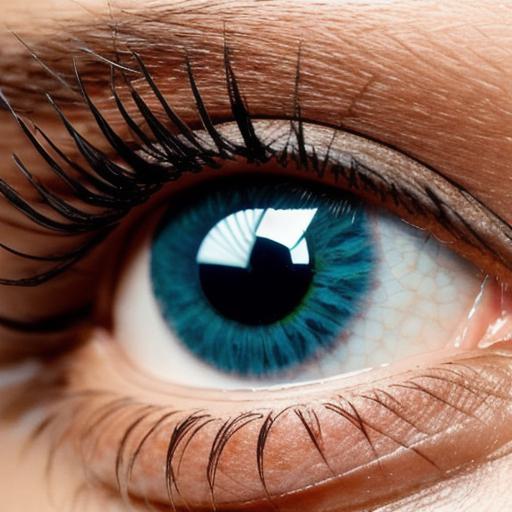Dear Web Developer,
You’ve asked for some essential recipes and tips for Unity game development in the context of web projects.
Let’s dive into this exciting topic!
1. Setting Up Your Development Environment
To get started with Unity game development for the web, first, ensure you have the following:
Install Unity Hub: This is a free download from the official Unity website that manages your installations and updates.
Choose the appropriate version of Unity for your project based on your requirements (Unity WebGL or Unity2D).
Set up a GitHub account and integrate it with Unity Hub to manage your projects’ versions and collaborate with your team if needed.
2. Importing 3D Models

To add 3D models to your web game, use the following steps:
a. Download and import models from various sources like Sketchfab, Blender, or other 3D modeling software.
b. Once imported, you can modify the model’s materials, textures, or animations in Unity.
c. Don’t forget to optimize your models for web performance by reducing their polygon count and texture sizes.
3. Creating Interactive UI Elements
To create interactive user interfaces (UI), use the following steps:
a. In Unity, create a new UI Canvas by dragging a UI Canvas asset from the Standard Assets folder into your scene.
b. Design and build the UI using various UI components like buttons, text fields, or sliders.
c. Implement functionality for the UI elements by writing C scripts that listen for user input (mouse clicks, touch events) and react accordingly.

4. Building Your Web Game
To build your web game, follow these steps:
a. Go to Unity Editor, select "File" > "Build Settings," then choose the appropriate platform – "WebGL."
b. In the "Player Settings," configure the settings like resolution, quality, and other output-related parameters as needed.
c. Build the project by clicking "Build" in the top toolbar, and Unity will generate a .html file along with other required assets for your web game.
5. Deploying Your Web Game
To deploy your web game, follow these steps:
a. Upload your HTML, JavaScript, CSS files, and other assets to your chosen web hosting service or your local server.
b. Configure the CORS settings in Unity, allowing your web page to access the WebGL content from a different domain if necessary (usually via the "Project Settings" > "Player Settings" > "Other Settings" tab).
c. Test the game on various browsers for compatibility and performance issues.
In conclusion, Unity game development for the web offers a wealth of opportunities to expand your skillset as a Web developer.
